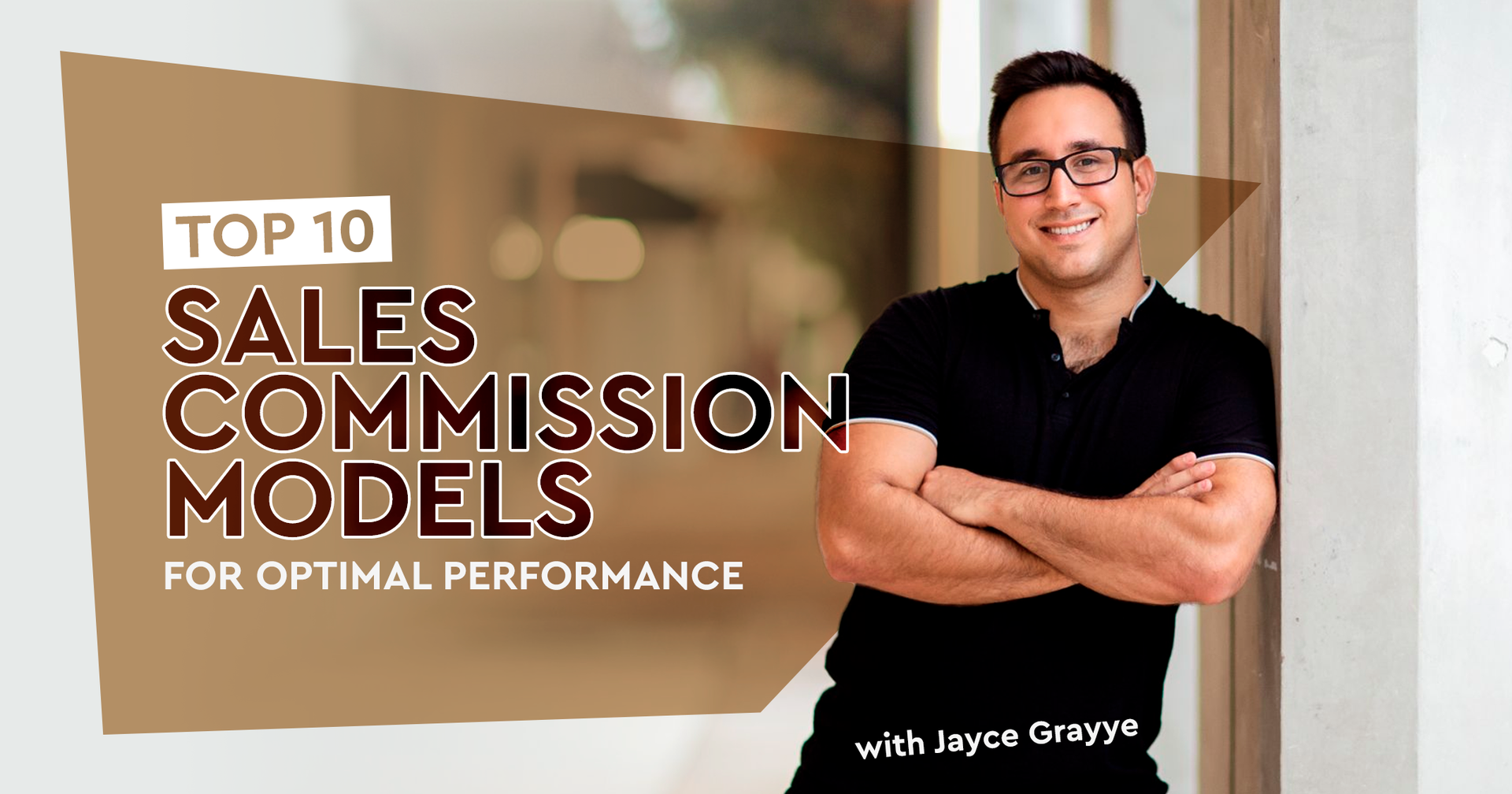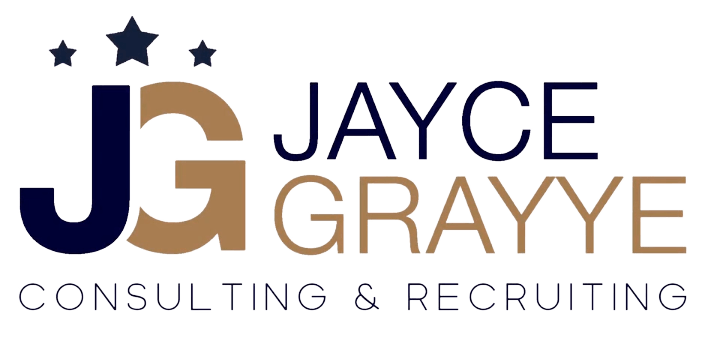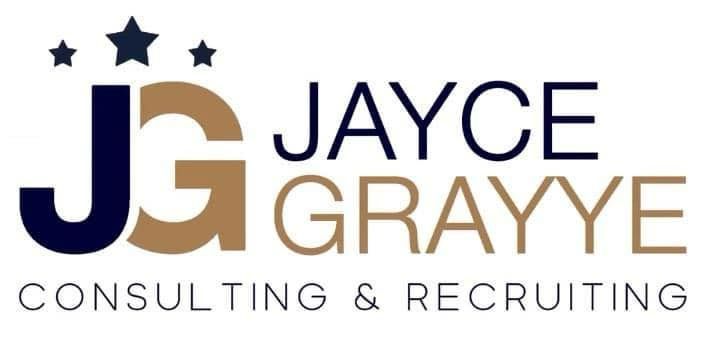
Sales commission structures are crucial in incentivizing your sales teams and aligning their goals with your vision. Moreover, tailoring these models is essential as it directly impacts the company's profitability and helps attract and retain top talent. So, here's a breakdown of the ten commonly used sales commission structures that can help your business thrive:
1. Commission Only Structure
The compensation of commission-only sales reps depends on the sales they make. If they sell a $1000 product at a 5% commission rate, they earn $50. The percentage is set, and there's no base pay. The model works best for smaller companies or those that employ people on a contractual basis.
2. Base Pay Rate Only
Salespeople earning through base pay rate are entitled to a fixed salary, regardless of their accomplishments. So, if someone has been hired at $3,000 monthly, that's all they make. Although modern sales teams barely use this model, those operating exclusively on inbound leads can benefit from it.
3. Base Salary + Commission
This one's a balanced approach - salespeople receive a fixed compensation plus a commission on their sales. For example, if they have a base salary of $40,000/year, they may also earn an additional 5% commission on all sales. If your business has the reputation and resources to support this model, go for it!
4. Gross Margin Commission Structure
This commission structure compensates reps from the profit margin of the sold product rather than its selling price. If a product costing $600 is sold for $1000, the commission might be based on the resulting $400 profit margin. Companies that believe reps must benefit the bottom line can use this model.
5. Draw Against Commission Structure
In this setup, sales reps receive an advanced "draw" against their future commissions (if they're eligible). So, if they get $2,000 in advance and make $3,000 in commissions that month, they get to take $1,000 in addition to the draw. This is best for new hires or during uncertainties.
6. Multiplier Commission Structure
This structure can be challenging to set. Reps usually start with standard commission rates, which then get multiplied by a set figure based on the rep's achievements. Suppose they make a standard 5% commission; their commission will be multiplied by a predetermined percentage after specific achievements. So, the 5% base commission is multiplied by 0.9% on achieving more than 75% of the quota or 1% if 85% of the quote is attained.
7. Residual Commission Structure
Sales reps continue to earn commissions for customers they've secured as long as the customer keeps buying. So, if they sign up a client to a subscription service, they make a commission every month the client remains subscribed.
8. Revenue Commission Structure
This commission is a fraction of the total revenue generated from a sale. So, on a $5,000 deal and a 10% commission rate, reps make $500. If your company is looking to enter newer markets and achieve larger business goals, this model may be suitable.
9. Territory Volume Commission Structure
Compensation in this model is on the collective sales performance of a designated territory. If a region achieves $100,000 in sales, exceeding its monthly quota of $70,000, the agents responsible might split the commission equally based on a set rate for their specific area. This is a pay-as-you-go plan for businesses with fewer resources.
10. Tiered Commission Structure
This structure rewards reps for exceeding targets. It's most popular among top performers. Sales reps could earn a 5% commission on the first $10,000 in sales, 7% on sales from $10,001 to $20,000, and 10% on any sales exceeding $20,000. This one's best if you're looking to scale your sales department.
To Wrap Up
Selecting the right commission structure ensures the profitability of your business. At Jayce Grayye Consulting & Recruiting, we assist businesses in crafting commission structures that reward and inspire their sales teams. Whether you're looking to hire commission-only sales reps or those under the tiered model, we can help you with customized solutions. Contact us to get started.






